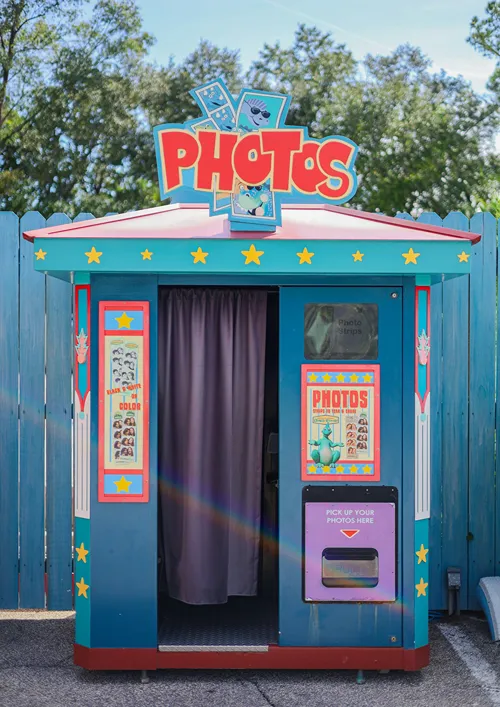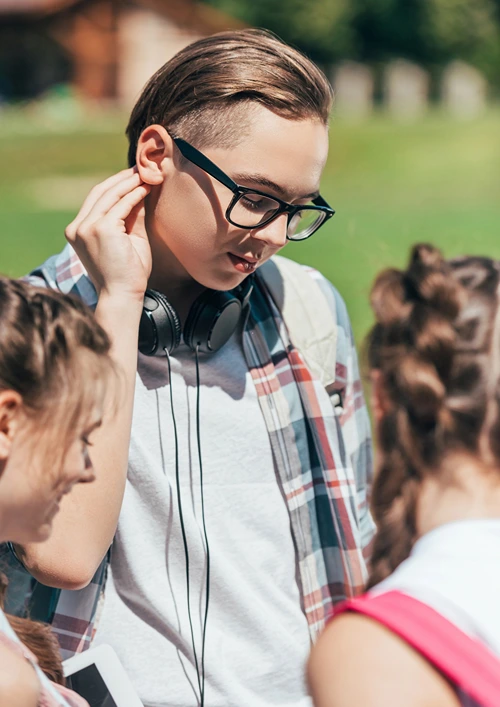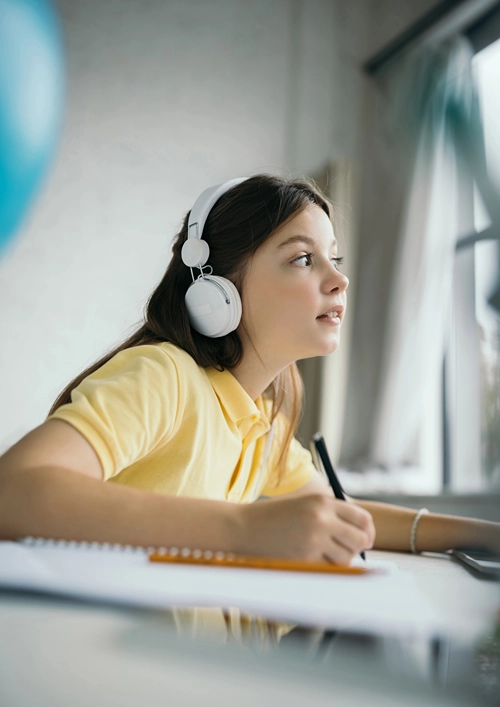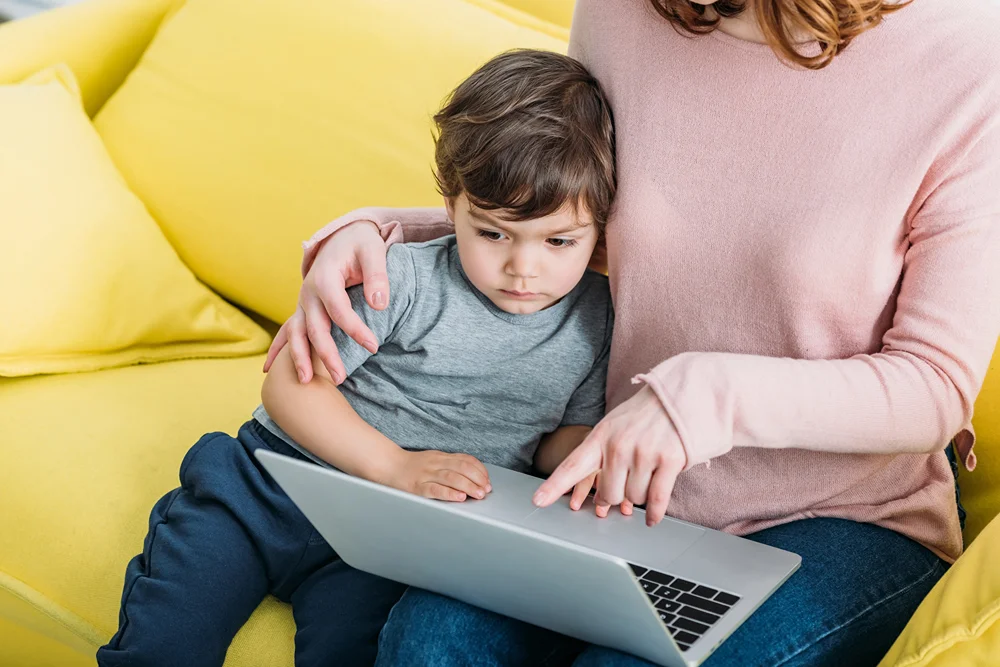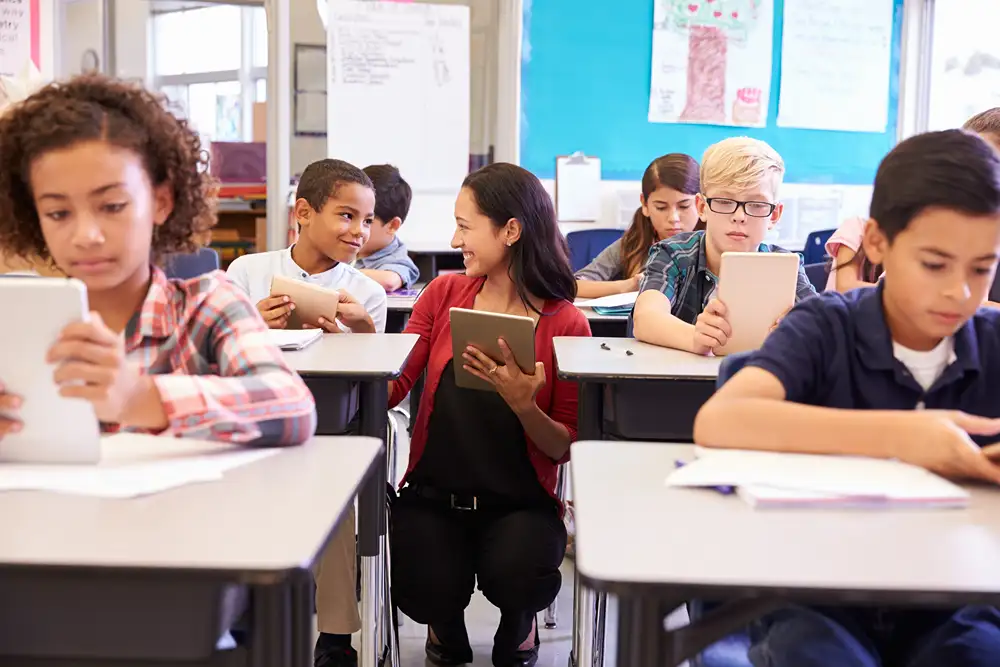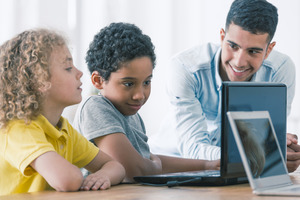Ways To Upgrade Your School’s End-of-Year Bash
This school year is flying by, and it’s time to start planning the big end-of-the-year party! Celebrate your students’ achievements and end the year with fun and excitement that will leave them inspired to embrace the summer with a positive mindset. Why stick to the same old routine when you can turn the event into something truly special?
There are so many ways to elevate the traditional end-of-year party. From interactive activities that everyone will enjoy to unique decor tips, here are a few ways to upgrade your school’s end-of-year bash.
Spice Up the Venue with Unique Themes
Transforming a plain gym or cafeteria into a magical space can create the perfect atmosphere for an unforgettable event. You could create a theme like “Night Under the Stars” with string lights and constellation decor or a “Decades Dance,” where students dress up as their favorite era. Themed backdrops add to the ambiance, providing a cohesive setting and the perfect spot to capture memorable photos!
Engage the Crowd With Fun Activities
Keep the energy high with interactive activities. Consider setting up a photo booth with props to match your theme, hosting a dance-off with prizes, or bringing in a DJ who can keep the playlist fresh and exciting. Games like trivia or karaoke can also add to the festivities, ensuring there’s something for everyone to participate in.
Add Creative Photo Opportunities
Photo booths have become a must-have at school dances, and it’s easy to see why—they’re so much fun! With a little creativity, you can create a DIY photo booth that fits perfectly with your event’s theme. Think quirky props like funny hats, oversized sunglasses, or school-themed accessories to give everyone a chance to show off their goofy sides. It’s the perfect way to capture memories and add a touch of personality to the event!
If budget allows, consider renting a professional photo booth that comes with instant prints or fun digital effects. Kids and parents alike will love walking away with a lasting memento.
Include Interactive Stations for More Fun
Encourage everyone to mingle and celebrate with hands-on activities like face painting stations, crafting corners, and balloon art. Games such as ring toss, mini golf, and scavenger hunts are also great options to keep the energy up throughout the event. These stations are particularly effective at creating memories while catering to various interests and age groups.

Feature a Stellar Snack Selection
Upgrading your food options is one of the simplest ways to ensure your event stands out. Classics like popcorn and cotton candy machines are always a hit, but why not add a DIY sundae or nacho bar where kids can customize their snacks? Offering allergy-friendly and healthy choices ensures that everyone can enjoy the feast.
Wrap Up with Memorable Goodies
Send kids home with thoughtful party favors that remind them of an incredible event. Options could include custom wristbands, mini photo albums, or even seed packets that encourage planting and growth—a perfect metaphor for celebrating the school year’s accomplishments.
The end of the school year deserves to be celebrated in style. With these creative ways to upgrade your school’s end-of-year bash, you’ll leave students and parents buzzing with joy and foster a sense of community and connection.

